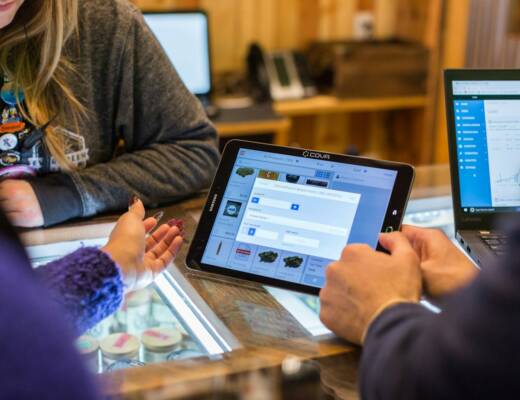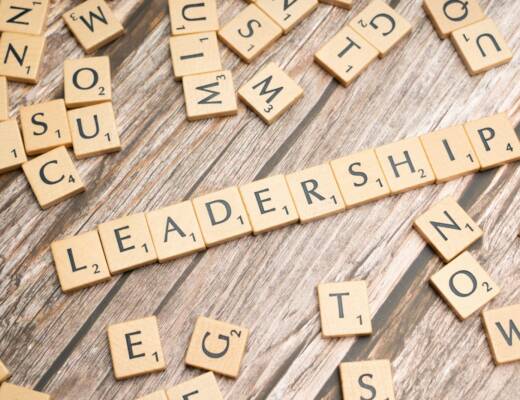One CEO was quoted by environmentalleader.com as saying that
“in a world where our consumption patterns outpace the planet’s ability to regenerate resources by 30 percent, businesses that figure out how to deliver enhanced value by radically reducing material inputs and engaging consumers on product use will be well-positioned for success.”
We hear about companies cutting costs through more efficient equipment, but these methods of efficiency are most effective in regards to intraprenuership, people empowerment, and happiness in the workplace.
Developing a team which hold these morals of achieving maximum efficiency and a passion for sustainable development will add up in savings and is great branding material to attract a growing amount of consumer consciousness.
I once heard “the single hardest thing in business is to find employees who care.”
So what steps will your organization take to capture the progressive audience?
1.) Meet your community of business leaders of sustainability.
This will be the basis of building your strategy for community alliances and using other’s reputation to show that you are moving in this direction. Use your networking as marketing material and credit. A picture says a thousand words.
2.) Engage social media in environmental concern.
Your views can be conveyed to an audience of thousands within seconds, the feedback receive determines whether your hitting your target interests. Brands that are not appeasing these concerns are waning and shuffling to rebrand themselves.
3.) Three essential marketing lessons for sustainability.
-
- Talk softly – do not over promise and under deliver
- Back up your claims
- Do not cheat- this may cause a PR nightmare when your caught
4.) Be ambitious in forming organizational goals to reduce and pledge footprint offset.
There are a growing number of consultancy groups which will be glad to help with offset goals, think of this as an investment, rather than a loss.
A 2010 Accenture/UN Global Compact survey, A New Era of Sustainability, showed that no less than 81% of 766 CEOs around the world thought they had already embedded sustainability.
5.) Keep up with the pace.
Intraprenuership and leadership in the new ways of business are more important when the focus is on creating sustainable products and processes. These goals set an ever changing pace and challenge in the work place, fueling team members to stay ahead of the curve in their field.
So we have come to the conclusion that employees must be involved and educated in the footprint goals of your organization. The projection of the correct brand image from the start will build confidence and trust in your brand. Sustainability is not only a list of goals, but a change in workplace mindset. Achieving this mindset from the start-up phase onward and upholding these goals is crucial for success.
Scott Geremia is a young forward thinking individual. His focus is in sustainable agricultural commodities, and green building.





